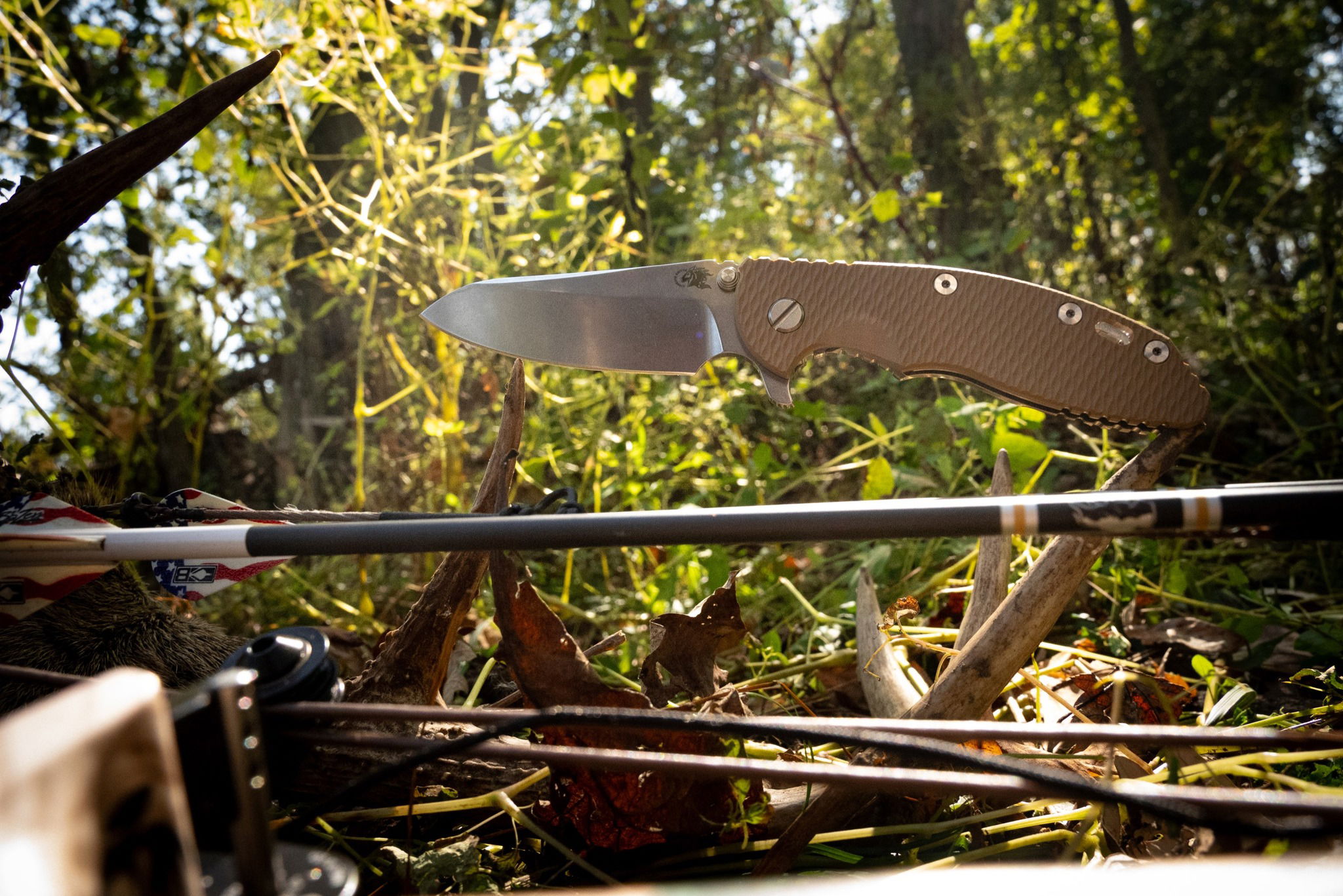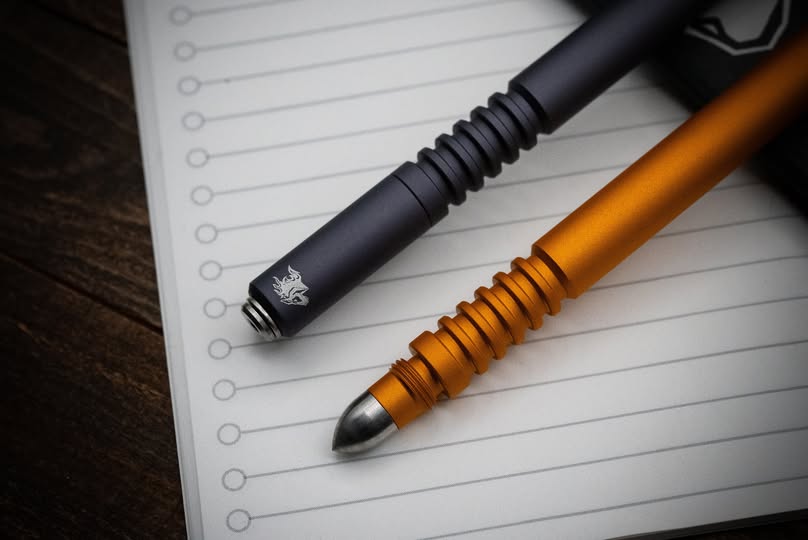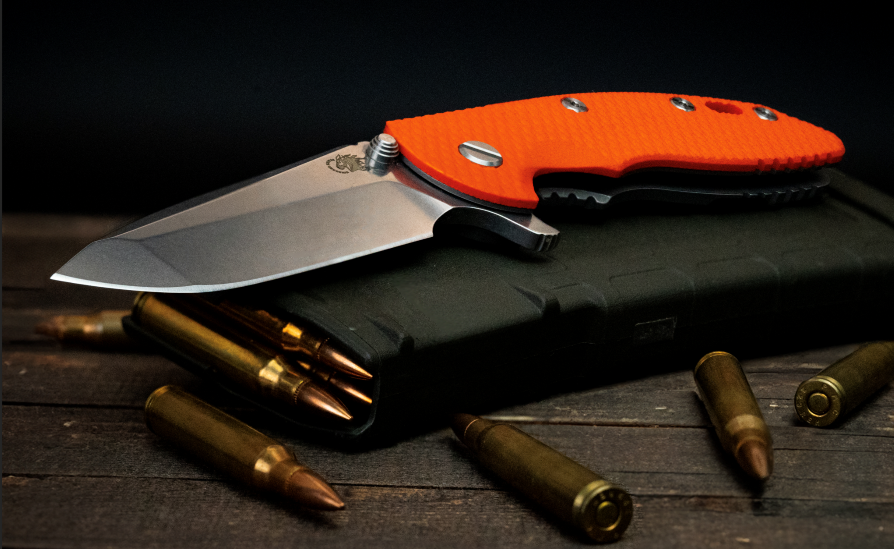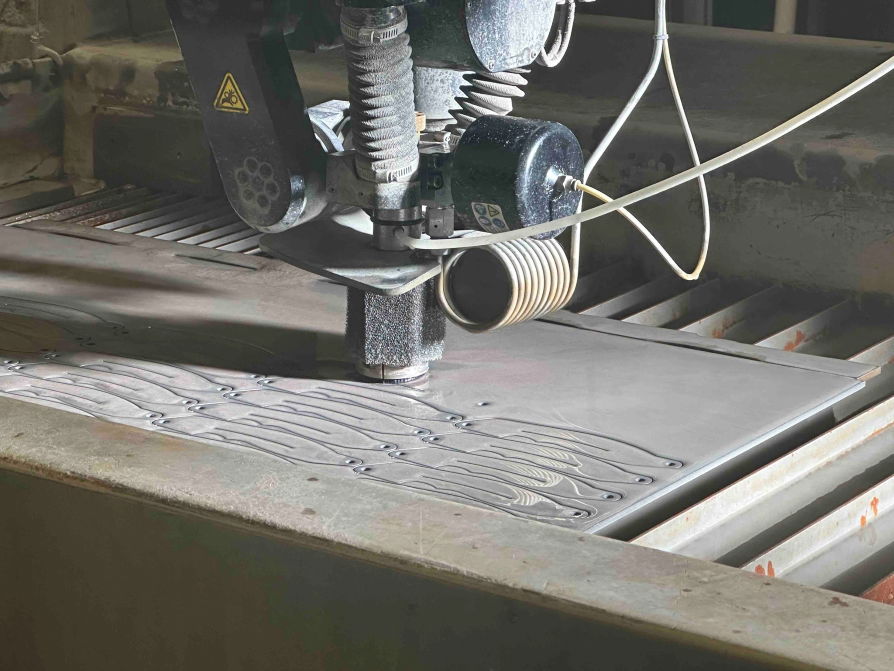The Sheepsfoot Blade: History, Purpose, and Rick Hinderer’s Modern Take


Live the Lifestyle
Subscribe to our lifestyle blog and be the first to receive latest articles, videos, how-to information and customer photos
As the fall air turns crisp in Northeast Ohio, hunting season is in full swing. It’s the perfect time to highlight one of the most practical and historically rich blade styles—the Sheepsfoot.
In this edition of Getting to the Point with Rick, Rick Hinderer dives into the origins of the Sheepsfoot, its traditional uses, and how he’s reimagined it for today’s Hinderer Knives lineup.
A Blade Born of Necessity
The Sheepsfoot blade is one of the oldest and most purpose-driven designs in knife history. Its very name reveals its original intent: trimming the hooves of sheep. Farmers and herders needed a reliable tool for a repetitive but delicate job—cutting away overgrown hoof material without risking injury to the animal.
The Sheepsfoot was perfectly suited for this. Its straight cutting edge offered controlled slicing power against the tough hoof, while the squared-off, blunt tip minimized the risk of stabbing or puncturing. A slight upturn toward the edge provided just enough belly for push cuts when extra pressure was needed.
Rick has his own connection to that origin story. Growing up, his family kept goats, and he remembers using a Sheepsfoot-style blade to trim their hooves. Goats and sheep share the same hoof structure, and the straight edge with its safe, dropped tip made the task efficient without the risk of an accident.
Safety First: Why the Shape Matters
The blunt, steeply dropped tip is the hallmark of the Sheepsfoot. And while it removes piercing ability, that design choice is intentional.
When working around unpredictable animals, a sharp-tipped knife could slip and cause harm. The squared-off spine ensured control and safety. Sailors recognized the same value—on the rocking deck of a ship, the Sheepsfoot offered cutting reliability without the danger of a pointed blade.
That’s why the Sheepsfoot became a popular sailor’s knife. Historical folding knives from as far back as World War I often featured Sheepsfoot blades paired with tools like awls. These were durable, practical, and designed for environments where safety was just as important as function.
More Than Just Hooves and Ships
Though originally developed for livestock and sailors, the Sheepsfoot blade found uses far beyond its beginnings. Its straight edge excels at carving and fine slicing. Its predictable cut path makes it favored for controlled work where precision matters.
Over centuries, the design proved itself in farm work, woodworking, survival, and everyday cutting tasks. Its endurance speaks to its versatility and timeless practicality.
The Hinderer Approach: From Tradition to Modern Use
Rick never wanted to simply replicate the Sheepsfoot. His goal was to take its best qualities and refine them into something suited for today’s users—whether hunting, camping, or carrying every day.
That led to the creation of the his Modified Sheepsfoot.
In the XM-18, Rick reimagined the traditional design. Instead of a long, flat cutting edge, the blade features a sloping belly that enhances slicing efficiency. This makes it ideal for hunters, especially when dressing game or caping. The curve provides more draw-cutting power, making skinning and precision cuts smoother and easier.
Rick also emphasized that he left plenty of steel at the tip. Some older Sheepsfoot patterns could be fragile at the point, but the XM-18 maintains a beefy tip for durability. It’s built for hard use while still excelling as a slicing blade.
And yes—it also makes an excellent tomato slicer in the kitchen.
The Blaze Orange Advantage
One detail hunters especially appreciate on the XM-18 Sheepsfoot models is the blaze orange handle option. Too many knives have been lost to the forest floor because camouflage or earth-tone handles blend seamlessly into leaves and dirt. Blaze orange solves that problem, making it easy to spot if dropped from a stand.
It’s a simple but important design choice that combines practicality with performance.
The Emmett Sheepsfoot Fixed Blade
Another standout in the lineup is the Emmett with the Sheepsfoot blade, a fixed-blade option with Rick’s Modified Sheepsfoot profile. With a longer blade than the XM-18, the Emmett Sheepsfoot stays closer to the traditional style, offering more straight edge before the curve begins
This gives it exceptional power for push cuts and controlled slicing, making it one of the most versatile hunting knives in the Hinderer catalog. Offered in finishes like Working Finish and Stonewash, the Emmett blends tradition with modern utility in a design that’s tough, dependable, and field-ready.
Why the Sheepsfoot Still Matters
From trimming hooves in the fields to cutting rope on a storm-tossed ship, from dressing game in the woods to prepping food at camp—the Sheepsfoot has proven itself across centuries. It’s a design that prioritizes control, safety, and slicing efficiency.
Through Rick’s Modified Sheepsfoot designs, Hinderer Knives has carried that tradition forward while strengthening it for modern users. By keeping what made the style iconic and adding durability and versatility, these knives remain ready for any task.
Final Thoughts
The Sheepsfoot may have started as a farmer’s tool, but today it stands as a workhorse blade—strong, reliable, and versatile enough for everything from everyday carry to serious fieldwork.
Rick’s reimagined Sheepsfoot knives, from the XM-18 to the Emmett, are not just historical throwbacks. They’re blades built to perform, made to last, and crafted for real-world use.
Stay tuned for the next edition of Getting to the Point with Rick, where another blade style will take the spotlight. Until then, enjoy the season, get outside, and carry with purpose.
Sheepsfoot Blade FAQ
What is the origin of the Sheepsfoot blade?
The Sheepsfoot blade dates back hundreds of years and was originally designed for trimming the hooves of sheep. Its straight edge offered controlled slicing while the blunt, dropped tip helped prevent accidental injury.
How did sailors use the Sheepsfoot blade?
Sailors adopted Sheepsfoot knives because the blunt tip reduced the risk of accidents on a rocking ship. Folding versions became common (including in the WWI era), making the Sheepsfoot a trusted utility knife at sea.
What is a Sheepsfoot blade best used for today?
Today, the Sheepsfoot is valued for hunting, field dressing, carving, and everyday carry. Rick Hinderer’s Modified Sheepsfoot modernizes the classic style to improve slicing performance and durability for hard use.


